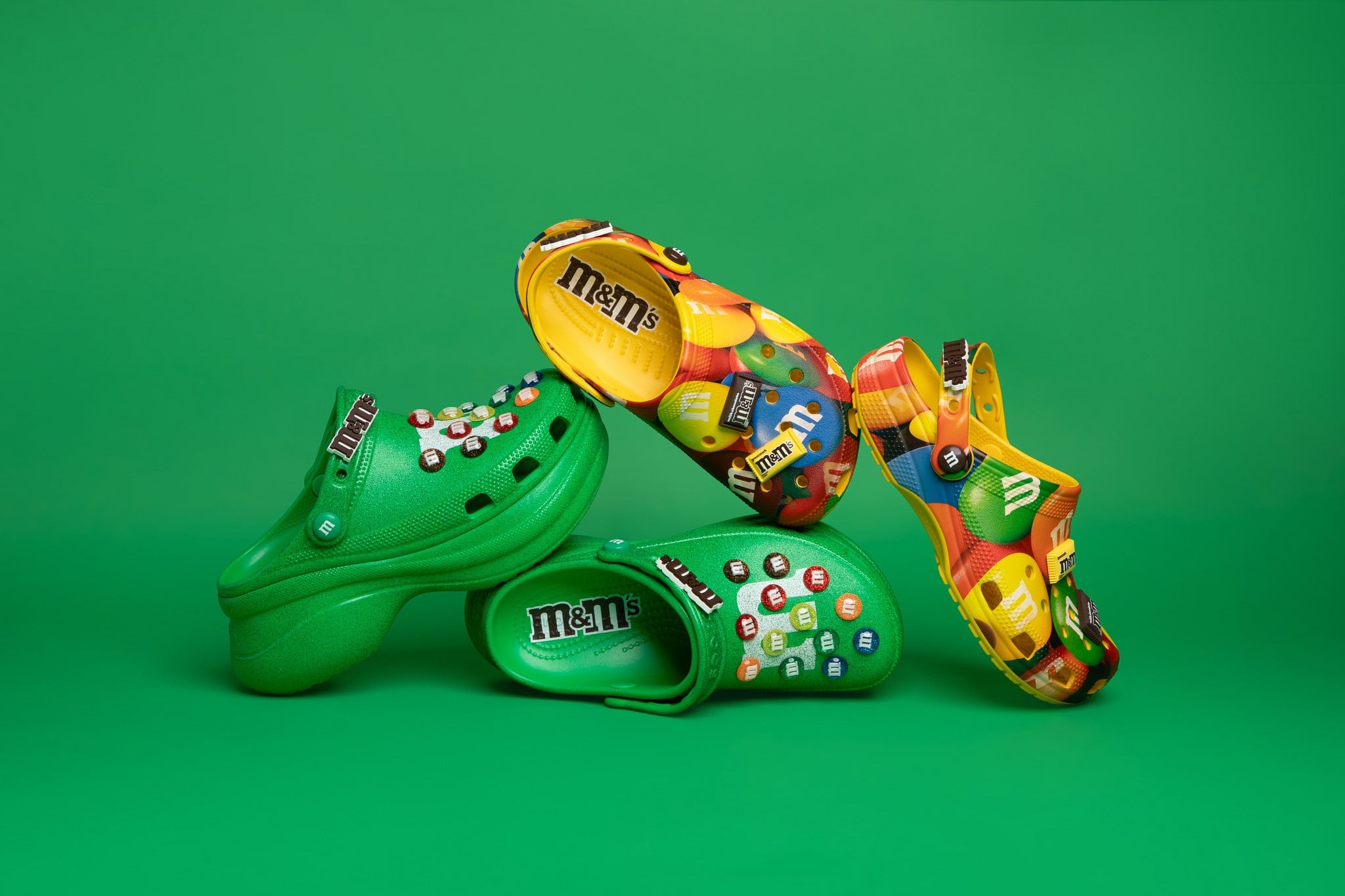Global confectionery market growth – A Summary
- Global confectionery market to reach $278bn by 2032
- Non-chocolate confectionery growing faster than overall category at 5.5% CAGR
- Chewy candy leads non-chocolate sales with 50% market share
- Seasonal events like Halloween and Easter drive peak candy sales
- Gen Z and Millennials favour sour, spicy and experimental flavours
The global confectionery market is booming.
From brightly-coloured lollipops to richly-indulgent chocolates, the industry is going from strength to strength, and sales are soaring.
Currently valued at $206bn (€177bn), it’s set to top $278bn by 2032 (market analysts Fortune Business Insights).
And one confectionery category is leading the way - candy.
Candy sales soaring
According to Data Bridge Market Research, non-chocolate confectionery sales are rising fast, with market growth at 5.5%. This outstrips overall category growth by 2.2%, and takes it from its current $87bn to $134bn by 2029.
“Non-chocolate candy is the second-largest confectionery category and its share of total confectionery units has steadily increased since 2020, reflecting consumer demand for candy’s many types and flavours,” says a spokesperson for the National Confectioners Association (NCA).
So which candies are consumers seeking most?
Sweet fan favourites
The NCA’s Getting to Know Candy Consumers 2025 report has found that a chewy candy sales make up a whopping 50% of all non-chocolate confectionery sales.
Top 5 candy types:
- Gummies
- Chewy candy
- Hard candy
- Lollipop
- Licorice
Freeze-dried and liquid-filled candies are also big winners with younger generations who like to experiment with different textures.
And when it comes to taste, classic fruit flavours come in top, with a 42% share of the market. Though sour, spicy, and “mystery” flavours are proving popular with Gen Z and Millennials.
As to who’s buying them, well, all generations of course, but Gen X currently leads unit sales, with Millennials close behind.
Sweet seasonal spending
Diving into confectionery sales, we find that seasonal spending remains the primary driver, with Halloween, Easter, Valentine’s Day, and Christmas, leading the way.
“Candy remains deeply tied to both everyday enjoyment and special moments,” says a spokesperson for the NCA. “61% of consumers enjoy candy as a self-treat, while major holidays like Easter, Halloween, and winter celebrations anchor seasonal peaks.”
Added to this, candy sales benefit from planned and unplanned purchases, so there really is no bad time of year for the industry. In fact, mood is the top purchase driver, be it happy or sad.
Price is next in line, in terms of shopper priorities, so brands need to make sure they’re getting that right or they might just lose out to competitors.
Finally, brand comes in third in the importance stakes, showing that “brand power” isn’t as powerful as it once was.
Who’s buying candy today and tomorrow
Source: National Confectioners Association
| 2025 | 2030 | |
|---|---|---|
| Generation Z | 3.2% | 17.2% |
| Millennials | 30.2% | 34.1% |
| Generation X | 32.3% | 25.7% |
| Boomers | 31.2% | 21.8% |
| Silent Generation | 3.1% | 1.2% |
Chocolate market
Despite robust growth in the candy category, chocolate continues to reign supreme within the confectionery sector.
With a current global market value of $123bn, chocolate not only commands the largest share of the confectionery market but also maintains its cultural and emotional resonance with consumers worldwide. Its dominance is projected to persist, with the market expected to reach $184bn by 2033, underscoring its enduring appeal and resilience.
However, while chocolate’s market size is impressive, its CAGR is slightly lower than non-chocolate confectionery, at 4.8% (Grand View Research), reflecting shifting consumer preferences.
This suggests that while chocolate remains the cornerstone of confectionery, other segments are gaining momentum - driven by trends like health-conscious snacking, plant-based ingredients, and novel textures and formats.
In essence, chocolate’s leadership is secure for now, but the competitive landscape is evolving, with non-chocolate confectionery increasingly capturing consumer interest and investment.
What’s next for confectionery?
As consumer tastes evolve and innovation accelerates, the confectionery market is entering a dynamic new phase. Brands that embrace flavour experimentation, texture variety, and seasonal relevance will be best positioned to capture growth.
With non-chocolate confectionery gaining ground and chocolate holding firm, the future of the industry is both diverse and delicious, offering ample opportunity for manufacturers, retailers, and investors alike.





